I wrote this article in Japanese and translated it into English using ChatGPT. I also used ChatGPT to create the English article title. I did my best to correct any translation mistakes, but please let me know if you find any errors. By the way, I did not use ChatGPT when writing the Japanese article. The entire article was written from scratch by me, Saikawa Goto.
Introduction
Movies and books covered in this article

Three takeaways from this article
- The theory that “dinosaurs were made extinct by a meteorite” was only recently officially recognized.
- “Dark matter” is a substance that cannot be seen or touched.
- The “Double-Disk Dark Matter” hypothesis may explain where the meteorite that caused the extinction of the dinosaurs came from.
Self-introduction article


Published Kindle books(Free on Kindle Unlimited)
“The genius Einstein: An easy-to-understand book about interesting science advances that is not too simple based on his life and discoveries: Theory of Relativity, Cosmology and Quantum Theory”
“Why is “lack of imagination” called “communication skills”?: Japanese-specific”negative” communication”
The quotes in the article were translated using ChatGPT from Japanese books, and are not direct quotes from the foreign language original books, even if they exist.
About the Structure and Author of This Book

This book is about hypotheses related to “extinction of dinosaurs” and “dark matter,” as the title suggests. I’ll talk about “dark matter” later, but for now, just understand it as an unknown substance that we’re not sure exists yet. I feel that it is quite crazy to associate such a substance with the “extinction of dinosaurs”.

The author, Lisa Randall, is primarily a particle physics expert and has no direct connection to the “extinction of dinosaurs.” Her debut work, “Warped Passages,” is an ambitious piece that presents a hypothesis about the universe while summarizing 20th-century physics.


In this book, the authors propose a theory called “Double-Disk Dark Matter,” which connects the extinction of dinosaurs to the universe. The book includes not only physics but also paleontology, making it a fascinating work that stimulates intellectual curiosity.
However, it was quite a difficult piece and there were many parts that were hard to follow and this article can only cover what I was able to understand.

Where did the Meteorite that Caused the Extinction of the Dinosaurs Come From?
It was Only Recently Recognized that the Meteorite Caused the Extinction of the Dinosaurs
The most surprising thing I learned from this book was the following:
In March 2010, 41 experts from various fields such as paleontology, geochemistry, climate model research, geophysics, and sedimentology gathered to examine the various evidences accumulated over the past 20 years for the collision-mass extinction hypothesis. The conclusion was that the Chicxulub crater was created by a meteoroid collision 66 million years ago and that it was definitely the cause of the Cretaceous-Paleogene (K-Pg) extinction, and that the greatest victim was the great dinosaurs.

Many organisms, including dinosaurs, became extinct in an event called the Cretaceous-Paleogene (K-Pg) extinction. In other words, it has been confirmed that “dinosaurs were extinct due to a meteorite”. I was surprised to learn that this was confirmed in March 2010, not long ago.
I think I understood since I was a child that “dinosaurs became extinct due to a meteorite impact.” It should have been written in illustrated books, and so on. However, academically it is only a hypothesis, and it was not until 2010 that it was finally confirmed as a unified scientific view that “dinosaurs became extinct due to a meteorite.” This is what surprised me the most.

In addition, this book includes the following description.

In 1973, earth scientist Harold Urey proposed that the collision of a meteoroid was the cause of the Cretaceous-Paleogene (K-Pg) extinction, based on the glassy tektites that can be formed from melted rocks. However, most scientists ignored Urey’s idea at the time.
Nevertheless, even such sharp and foresighted ideas were basically ignored until Alvarez’s theory was announced. The idea that the impact of extraterrestrial objects could cause extinction was considered radical even in the 1980s, and it even got the first impression that it was a bit crazy.
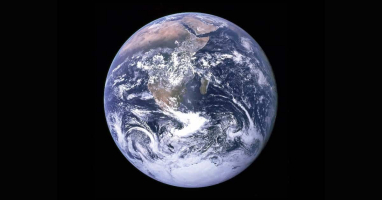
Even when I was born in 1983, it was still a dominant belief among scientists that it was crazy to think that dinosaurs became extinct because of meteorites. It’s a generally well-known idea, but scientifically, it had been a questionable one for a long time.
In the first place, in science, the existence of “meteorites” was quite troublesome. It’s because that at a time when there were no photographs or videos, and scientific analysis by machines was still difficult, all that could be relied on was the testimony of the general public who said “something fell from the sky.” The book also describes how “meteorite” was perceived as follow.

It seems hard to believe that objects from space can hit the earth. In fact, the scientific community did not believe such claims were true at all.
The idea that meteorites come from space was finally officially recognized after a lot of stones fell unexpectedly on the Academy of Siena in June 1794.
The history of science is a struggle between the prevailing “common sense” of the time, and the scientific discoveries that eventually overturn it. It took time for the idea that “stones could fly from space” to be accepted.

What is “Dark Matter”?
In this book, another main character is “dark matter,” but what exactly is it?
It refers to “substances that cannot be seen but must be assumed to exist.” Dark matter was “discovered” in this way (meaning that its existence was hypothesized).

Scientists once noticed something strange. They wondered why celestial bodies existing in the outer edge of a galaxy don’t get thrown out of the galaxy.

Imagine this: You’re on a spinning disc, and as it rotates, you spin in place like a figure skater. Next, get on the spinning disc with a bowling ball. As you rotate the disc, you’ll also spin around with the bowling ball.

Now, in this situation, try slowly extending your arm holding the bowling ball forward. When the bowling ball is not far from your body, the force on your arm is not so great, but can you imagine that your arm would experience a tremendous force if you extend it straight and far from your body? The faster the rotation speed, the greater the force on your arm becomes, and eventually the ball may be released because it cannot be supported anymore.
Galaxies are actually in the same situation. Because celestial bodies of the galaxy also rotate, those close to the center of a galaxy do not experience much force, but those at the outer edge of the galaxy experience tremendous force. According to scientists’ calculations, because celestial bodies on the periphery of the galaxy are subjected to so much force, they would theoretically not be able to stay in the galaxy and should fly out.
However, in reality, celestial bodies at the outer edge of a galaxy remain within the galaxy. It’s strange. Why is this possible?
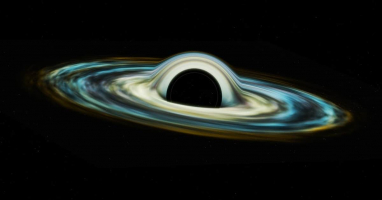
So, scientists have come up with the idea of “dark matter,” which cannot be seen with our eyes.
Let’s go back to the example of a spping disk from earlier. Imagine that a sumo wrestler is on the disk (in this example, I assume that heavier weight also means a stronger ability to support the bowling ball). Even if the rotation speed is too much for an average person to support, a sumo wrestler might be able to endure it.
We can think about galaxies in the same way. When they said “calculations show that objects would escape from a galaxy,” they were only considering “visible matter (mass).” However, if there is matter that cannot be seen (i.e., doesn’t interact with light), the calculations would change.

Only considering visible matter is like imagining “a skinny man supports a bowling ball,” but it would make sense if we think that “the invisible Sumo wrestler is actually also supporting the bowling ball together.”
This is why scientists believe that there should be something like “invisible sumo wrestler (dark matter)” in the universe.

Earlier, I wrote that “dark matter does not interact with light.” This means that we cannot see it with our eyes. Furthermore, even if dark matter exists near us, we cannot touch it. We ordinary people cannot even imagine what it is like.
“Dark matter” has not been discovered yet (meaning it is a product of scientists’ imagination), but indirect evidence has been obtained that “dark matter must exist.” From this evidence, it is also believed that “dark matter only interacts with gravity.”
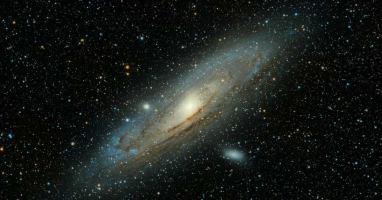
It’s still hard to imagine, but it means that there are substances that cannot be seen or touched, but can be affected by only gravity.
There is also something similar to “dark matter” called “dark energy”, but they are completely different things. I won’t go into detail here, but “dark energy” is also a name given to “energy that must exist, or else things would get strange, but hasn’t been discovered yet”.


In current science, it is believed that the universe is composed of “dark matter,” “dark energy,” and “ordinary matter (such as atoms we know)”. The proportions of these are quite surprising: “dark matter” and “dark energy” together make up 96% of the universe, while “ordinary matter” accounts for only 4%. This means that, so far, science has only understood about 4% of the entire universe.
Although neither “dark matter” nor “dark energy” have been discovered, this book explores the properties of “dark matter” by assuming its existence and discussing various research results.

The Roadmap to “Double-Disk Dark Matter” and its Relationship to the “Extinction of Dinosaurs”
Now that we’re all set, let’s briefly touch on the main argument of this book.
As I mentioned earlier, this book deals with highly advanced content, so I don’t claim to fully understand it all. However, I want to provide an explanation that can give a rough understanding of the flow, even if it’s not comprehensive.

The author and their research partners paid attention to a certain value that another researcher presented. It later turned out to be incorrect, but at the time when the value was still considered to be correct, the authors wondered if they could construct a model or hypothesis that could realize this value. The value that the authors focused on suggested that “dark matter may have been generated by pair annihilation,” and if that were true, it was thought that a new perspective on dark matter would be possible.
Regarding “dark matter,” research has been ongoing since the possibility of its existence was pointed out, asking “what kind of substance it would be if it existed?” After all, it is a “substance that cannot be seen, touched, and only interacts with gravity.” It can be said to have quite peculiar properties, and various theories have been proposed regarding its candidates.

However, the authors realized that researchers may be unconsciously excluding a possibility in their search for dark matter candidates. That possibility is that dark matter may not be just one type. While candidates like WIMP, axion, and neutrino have been suggested, the authors had the idea that instead of choosing just one of these, multiple candidates could be related to dark matter.
This is a reasonable judgment when compared with what we know about ordinary matter. There is a very precise theory called the “Standard Model” for ordinary matter. This theory shows that various “elementary particles” with different properties are related and make up ordinary matter, and it was completed with the discovery of the Higgs boson.

If that’s the case, it would be a natural idea to think that there are multiple “dark matter elementary particles” for “dark matter”.
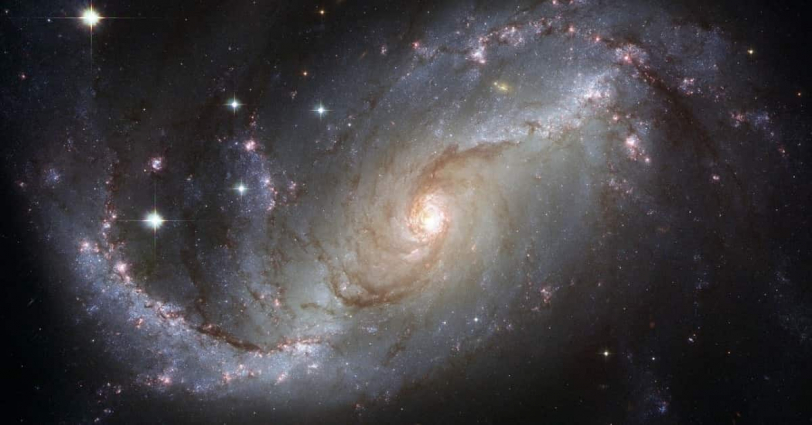
By pushing the idea of “what if there are multiple dark matter elementary particles?” to the extreme, the authors realized the possibility of a structure that no one had ever imagined existing in the galaxy system, and named it the “dark disk”. This is the essence of “Double-Disk Dark Matter”, which is explained in detail in this book.
The existence of the “dark disk” is verifiable and may be found (or not found in the expected location) through observation. One day, the truth about it will be revealed.

So, how does “Double-Disk Dark Matter” relate to the “extinction of dinosaurs”?
The author, Lisa Randall, had never considered the relevance of “extinction of dinosaurs” in the course of this study. However, during a discussion to present the basic idea of “Double-Disk Dark Matter,” she was told by the host that her idea might have been the trigger for the “extinction of dinosaurs.” This is where “Double-Disk Dark Matter” and the “extinction of dinosaurs” first became associated.
In fact, there was a question in the field of paleontology that was thought to be completely unsolvable. It was that “extinctions seem to occur in a certain cycle.” If there was a cycle in the extinction, it was thought to be related to the movement of comets or asteroids. However, no existing model could explain the extinction cycle.

There are two possible directions to take regarding this question. One is that “the view that there is a cycle in extinction is wrong and the idea should be discarded,” and the other is that “some as yet unknown phenomenon can explain the cycle of extinction.”
This is where Lisa Randall’s “Double-Disk Dark Matter” comes in. Having learned about this question regarding “extinction,” the author reconsidered “Double-Disk Dark Matter” and concluded that it could potentially explain the extinction period.
This is a rough explanation of the main argument in the book that connects “dark matter” and the “extinction of dinosaurs.”

An Unexpected Story About Extinction
Although the passages so far are the main focus of this article, let’s end with an interesting story about “extinction” that was touched upon in this book.
First, let’s start with this quote.

The concept of “extinction” is relatively new. It wasn’t until the early 1800s that Georges Cuvier, a French naturalist who later became a nobleman, noticed evidence of species that had completely disappeared from this planet. Although animal bones from the past had been discovered before Cuvier, the discoverers always tried to associate them with existing species. At the time, it was the most common way of thinking. Certainly mammoths, mastodons, and elephants are different, but they are not that significantly different, so it would not be surprising to confuse them at first. At least, it was natural to want to associate their fossils. Cuvier unraveled this confusion, and his research showed that mastodons and mammoths are not direct ancestors of any animal currently alive. Cuvier went on to identify many other extinct species.
However, the concept of extinction was not immediately accepted, and there was much resistance to the idea that an entire species could disappear and never return. As I mentioned earlier, the history of science is a struggle with the “common sense” of each era, and the acceptance of the concept of extinction is a good example of this.

By learning about history like this, we can gain a further insight. That is, even ideas that are not widely accepted now may become common sense in the future. It’s hard to notice this if we only look at our own time. This reminds us of the importance of knowing history.
There is also an interesting description about “extinction”.
Many scientists now believe that a sixth mass extinction is currently underway. Moreover, this extinction was originally caused by humans. (omission) Estimates are not definitive, but at the current pace, it may be hundreds of times faster than average.


The word “extinction” doesn’t feel very familiar or relevant to us. We would have heard stories like “Japanese medaka is an endangered species,” but we tend to think of them as stories about “the events of some organisms,” and we are not supposed to often think about “extinction” at the moment we live in.
However, the truth is that the current “extinction” is happening at an astonishing speed compared to any other “extinction” in the past. And it is undoubtedly our fault as “human beings.”
While there may not be much individuals can do about this problem, it is a fact that our existence is significantly involving to the extinction of other species, and it would make us feel guilty.

Conclusion
I found this book to be quite advanced, even though I am originally a science person and interested in scientific knowledge, so it may not be a work that you can get your hands on with a “let’s read it because it looks kind of interesting” attitude. However, Lisa Randall does a great job of explaining complex concepts in a way that’s easy to understand (which is an amazing ability, considering that she’s an active scientist). She really stimulates our intellectual curiosity, so it’s worth giving it a try if you’re up for a challenge.

The fact that “dark matter, a substance that is still only a product of scientists’ imagination,” is related to “the extinction of dinosaurs, which was finally confirmed to be caused by meteorites,” is an interesting composition, and the work reminded us of the depth of science.

Published Kindle books(Free on Kindle Unlimited)
“The genius Einstein: An easy-to-understand book about interesting science advances that is not too simple based on his life and discoveries: Theory of Relativity, Cosmology and Quantum Theory”
“Why is “lack of imagination” called “communication skills”?: Japanese-specific”negative” communication”

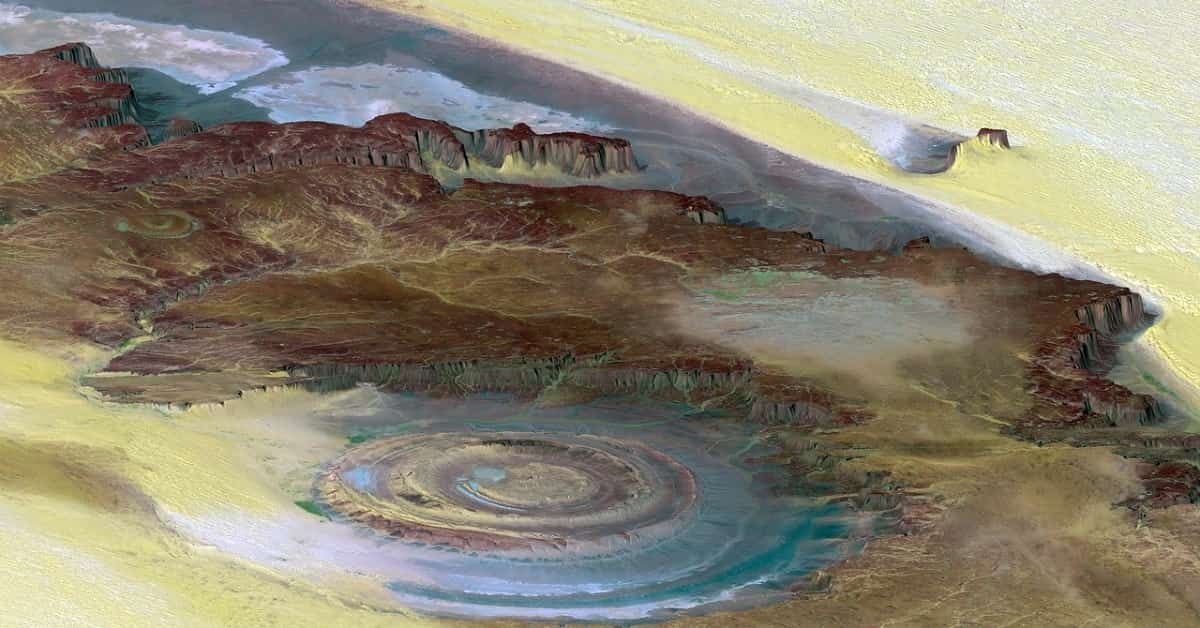





コメント